Beautiful Piedmont is one of Italy’s best kept secrets. The Piedmont region of Italy lies to the north west of the country and it’s one of the most important wine regions in the world. It has rolling green hills, vineyards, medieval towns, culture-packed cities and a thrilling food and wine scene. It’s astonishing that Piedmont Italy is not better known amongst British and US travellers. It’s time to put that right!
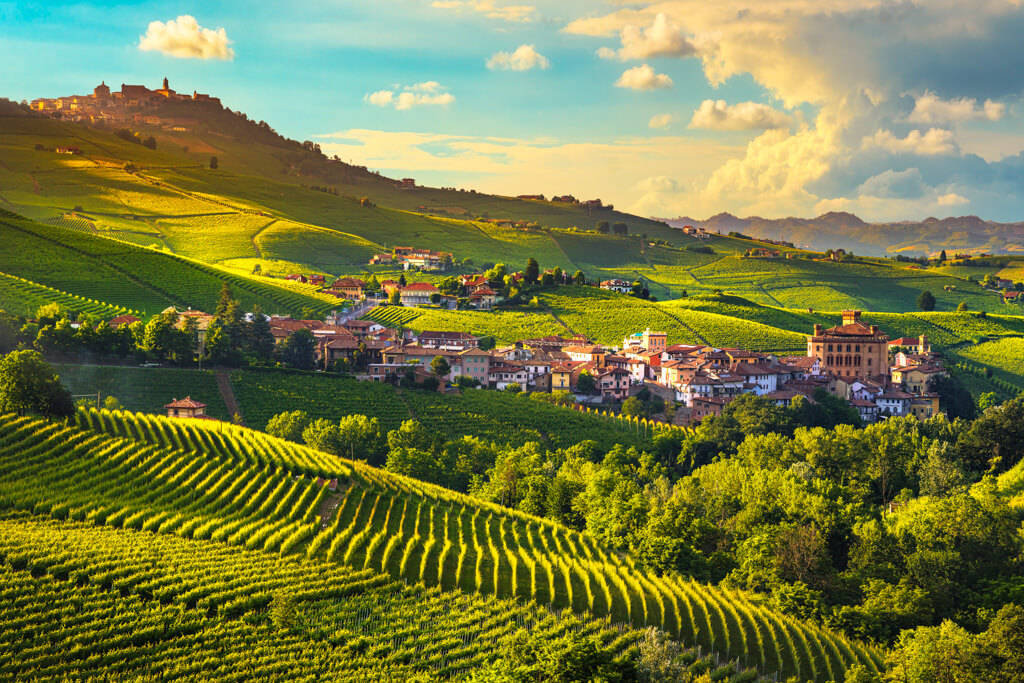
Five years ago my friend Catherine Sheargold made a dream come true. She bought a 200 year old farmhouse in Piedmont Italy and now splits her time between her home in London and a sleepy Italian village. Catherine is a journalist and here she shares her favourite things to do in Piedmont.
This post contains affiliate links, this means that I may receive a commission at no cost to you if you click a link and make a purchase.
Where is Piedmont in Italy
Piedmont, or Piemonte (pee-a-mont-aye), literally means foot of the mountains and the Piedmont region of Italy is set in the foothills of the Alps. A land-locked region in north western Italy, it is bordered by Switzerland to the north and France to the west.
East of Piedmont lies Lombardy and Emilia-Romagna whilst the coastal region of Liguria is to the south. Piedmont combines mountain ski resorts with cosmopolitan cities and fertile countryside that is perfect for vineyards.
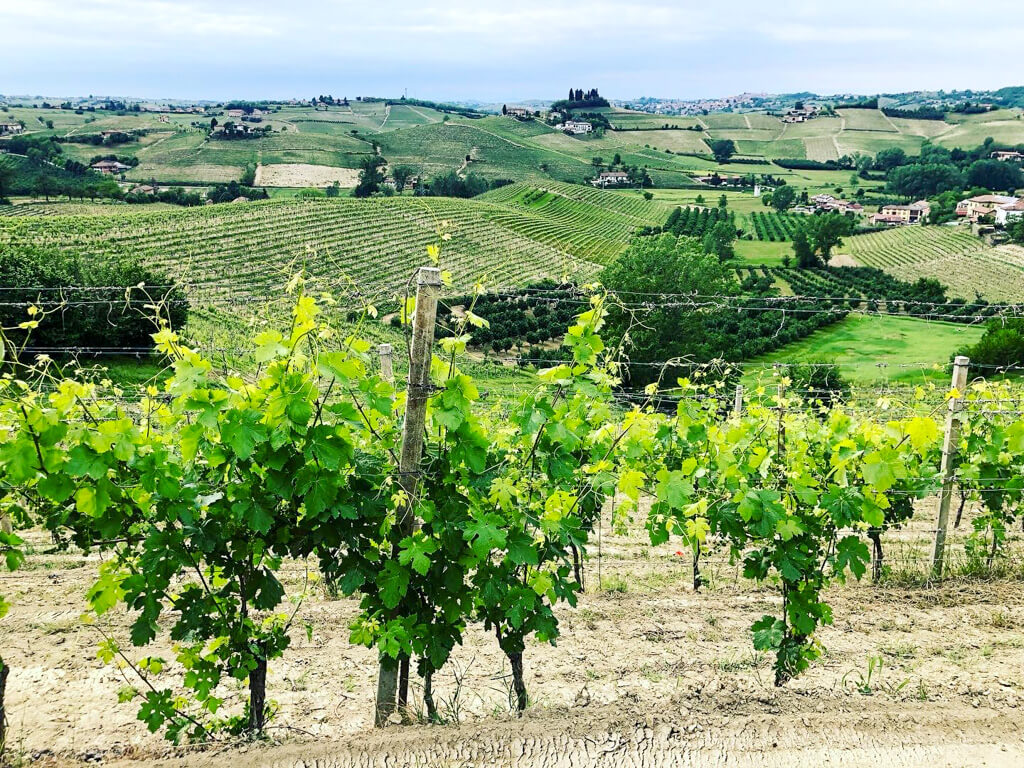
Why Visit Piedmont Italy
Piedmont truly is one of Italy’s undiscovered gems. Its vineyard landscape is recognised as a Unesco World Heritage site and combines rolling hills dotted with vineyards, medieval towns and villages, romantic castles and fields of sunflowers. Quiet lakes lie to the north, and as a backdrop, the Italian Alps stand, snow-capped and majestic, in the distance.
Piedmont’s ski resorts in the north became world famous in 2006 when Turin hosted the Winter Olympic games. And its wide ranging Milky Way ski area in the Val di Susa crosses several resorts and even into France.
Weather in Piedmont Italy
Seasons here are defined: after a Christmas-card snowy winter, spring comes suddenly with a flourish of wildflowers, blossom and greener-than-green grass. Summer is hot: endless sunshine and blue skies. Autumn creeps up on us, with golden September turning into mellow October and November. Days can stay warm and sunny right through to December.
Things to do in Piedmont Italy
There is always something new to do or discover in Piemonte. We explore a little more whenever we are there. From the local food and wine to rare truffles and fine Barolo, medieval castles and villages to elegant cities, flea markets to luxury outlet shopping, remote mountains to beautiful lakes, there’s a seemingly endless array of things to do in Piedmont, Italy.
Food in Piedmont
Food in Piedmont is fresh and vibrant and the cuisine is world-famous. Even the simplest food tastes so much better here. For one, ingredients are local and seasonal: from the sweetest spring asparagus to late-summer pomodori, plus porcini mushrooms and pumpkins in every shape and size in autumn.
Every day in a nearby town or village we can find a food market selling vegetables fresh from the region’s farms and orti (smallholdings), plus local cheeses, prosciutto and olive oil. Just a few super-fresh ingredients turn a simple meal or picnic into a feast. So exploring the local markets and food shops is top of our list of things to do in Piedmont, Italy.

Piedmont dishes
Piemonte food is comfort food. Its traditional recipes are warming, strength-giving dishes designed to fortify the farmers or ‘contadini’ who worked the land.
Specialities of the region include bagna cauda, a soup-style dip of anchovies with enough garlic to ward off Dracula. Or brasato al barolo, a classic local Piedmont dish that combines two of the region’s key ingredients, beef and red wine, braised slowly until meltingly tender.
Our local pasta is agnolotti, which is like a mini ravioli filled with veal or vegetables. It’s delicious with a classic ragu or a butter and sage dressing. And tajarin is the region’s own dried pasta, a skinny version of spaghetti fortified with egg yolks so it’s rich and flavoursome.
Eating out in Piedmont
Want to eat out? The choice is endless. Piedmont is where the ‘slow food’ movement was born, in the town of Bra, and the region’s cuisine is world famous.
In Alba there’s a Michelin-starred restaurant on nearly every street, 16 in fact, with Piazza Duomo wearing the town’s 3-star crown. While our tiny village, Belveglio, is home to the best pizzeria in the area where you can splash out for less than 15 euros a head.
To the north of Piedmont the flatlands provide enough carnaroli rice to feed risotto-lovers the world over. Every restaurant in the region has a version of this famous dish, but the Costardi brothers at the Hotel Cinzia in Vercelli have taken it to new gastronomic heights – coffee and Parmeson risotto, anyone? They’ve earned a Michelin star in the process.
Piedmont chocolate
Chocoholics (me included) can rejoice in Piedmont. The region is home to both Ferrero Rocher and Nutella, the famous spread made with hazelnuts and chocolate. This divine combination, called gianduja, is the base for many of the region’s chocolates since hazelnuts are a major local crop. Novi’s nutty chocolate in a bar is one of my favourites.
Truffle hunting in Piedmont
Piedmont is one of the best places in Italy to taste – or even hunt – truffles. These highly prized and elusive fungi can’t be cultivated. They are literally sniffed out in the region’s forests by the truffle hunters’ dogs. And they are very valuable. Truffles are Piedmont’s white and black gold.
In season you’ll find truffles on the menu in local restaurants as well as Michelin star establishments. Even street food stalls in local markets serve truffle dishes. Many exchange hands at Piedmont’s autumn truffle fairs. Our local town, Alba, is known as the white truffle capital of the world. One single tuber sold there recently for 100,000 euros.
You can enjoy truffles nearly all year round in Piedmont. October to December is the season for the most prized white truffles. But black truffles are available in autumn, spring and part of the summer too.
Going out on a truffle hunt with a trifolao (truffle hunter) and his highly trained dogs is a really unforgettable thing to do in Piedmont, Italy.
I spent a fascinating autumn morning on a tour with master trifolao and wine maker, Gino and his four-legged sniffer-outer Bobby. We watched in awe as they successfully foraged no less than four valuable white truffles.
Later we toured Gino’s wine cellar then feasted on pasta embellished with shavings of divinely flavoured tartufo bianco, fresh from the ground.
Itinerary tips: For a small group truffle hunt with a guide contact Piedmont Food and Wine, piedmont-foodandwine.com and mention Map&Family.
Visit a truffle fair
But searching for truffles in Piedmont doesn’t have to involve a dog and a forest. There’s a truffle fair every autumn weekend in one or other of the region’s towns and villages. It’s a serious day out for the locals, while visitors can soak up the atmosphere and browse stalls selling local produce and home-cooked Italian dishes. You can even buy your own tartufo, though be prepared: the one I had my eye on cost 350 euros.
Discover the Great Wines of Piedmont Italy
Which brings us to Piedmont’s star in a bottle: wine! Vineyards stretch like a sea of green as far as the eye can see and grapes have grown here since Roman times. Piedmont is one of the most important wine producing regions in Italy with five major wine regions. There’s a cantina or winery around every corner and many offer tastings and tours.
The famous reds: Barolo and Barbaresco, come from the Langhe wine region in the southern province of Cuneo. On a recent trip to the Barolo area, I visited the Corino winery. Here Andrea, just 27 and already a master of his craft, gave us a tour of the cantina, which has been in his family for four generations.
Discovering the journey from grape to glass in Piedmont has really helped me to appreciate wine. Now I know why Barolo is called ‘the king of wines and the wine of kings’.
In the northern Monferrato region of Piedmont where we live, the main grape grown is Barbera. This full-bodied ruby-red wine was once the ‘poor man’s Barolo’ but is becoming more and more sophisticated. It’s my drink of choice and also around a third of the price of a bottle of Barolo.
A good winery to visit is Roberto Ferraris in Agliano Terme near Asti. This cantina has been in the same family since 1923.
Another of our local wines is Italy’s best known sweet sparkling white, Asti Spumante.
Itinerary tips: This is a prime region for wine lovers. Many vineyards offer tours and tastings though it’s best to book in advance.
To book a wine tasting at Corino, email corinogiuliano@libero.it
To book a tasting at Roberto Ferraris, go to az.ferraris@virgilio.it
A Day in Turin
Refined and elegant, Turin or Torino is the capital of the Piedmont region of Italy. Once home to the French Savoy family, its Gallic roots are everywhere. You’ll feel the French influence from its grid of broad streets to its designer shops and chic restaurants and cafés.
We often go to Turin for the day, taking the train from Asti. From the station we stroll through elegant piazzas to the Palazzo Reale, the royal palace of Turin. It’s a sumptuous residence, with an impressive art gallery and archaeological museum. Think London’s National Gallery and British Museum rolled into one.
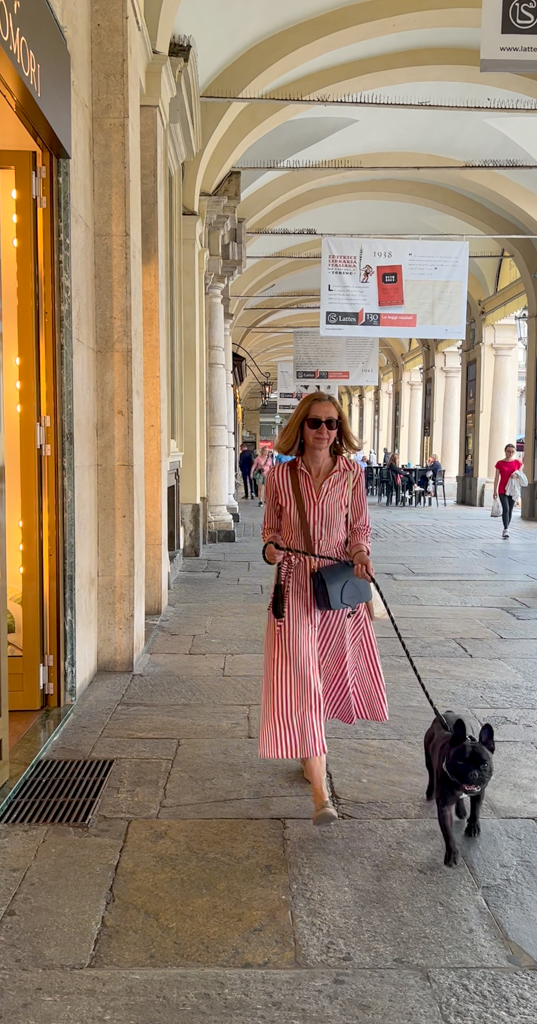
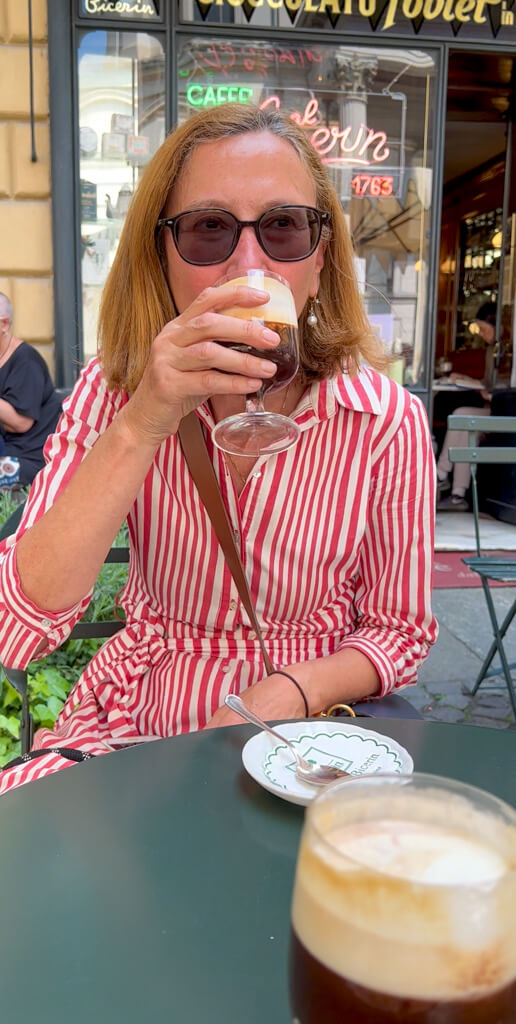
A 10 minute walk away, the Museo della Sindone is a small museum dedicated to the Turin Shroud. A very old and accurate copy of the Shroud is on display in a beautiful private chapel along with exhibits about its history and related scientific research.
And perhaps surprisingly Turin is also home to the Egyptian museum, Museo Egizio, with one of the largest and most important collections in the world.
At the centre of Turin is its landmark, the Mole Antonelliana with its pyramid roof and spire. Take a lift up to the panoramic terrace for incredible views of the city and the Alps beyond.
Foodie treats in Turin
You can eat like a French royal in Turin, or find some of the best local cuisine for less than 20 euros a head. And it’s worth a day in Turin just for the coffee experience. This is the city that invented the espresso machine and, boy, do the Turinese take their coffee seriously.
Turin is also home to the ultimate hot chocolate: thick, smooth and creamy. Or try bicerin, the city’s signature drink which is three luscious layers of coffee, chocolate and cream.
A day out in Turin is a great thing to do in Piedmont, Italy and worth adding to your itinerary.
Places of interest outside Turin
To the west of Turin, 40 km away, is the breathtaking Sacra di San Michele, an ancient abbey which perches on a mountain top in the Alps. It is said to have inspired the setting of Umberto Eco’s bestselling novel The Name of the Rose.
While further west in Val di Chisone is the Fenestrelle Fort, otherwise known as the Great Wall of Europe, a mammoth feat of engineering in the 18th century. It guards the route to Turin from France and is a symbol of the city.
Antique shopping, Italian style
Leave some space in your luggage: treasure hunting in local markets is a fun thing to do in Piedmont, Italy.
Every Sunday you can find a vintage fair in one of Piedmont’s towns. We’ve brought home some exquisite pieces from a painted wooden bed to a classic knitted Missoni top for 5 euros. I’ve snapped up Murano glass vases and original artwork for a fraction of what you’d pay in an antique store. Yes, it’s addictive. And I’m still kicking myself for not claiming that 20 euro enamelled chandelier.
Itinerary tips: I’d recommend Asti for car-boot style bargains or Nizza Monferrato for serious antiques. And especially the stunning hilltop town of Moncalvo, where after a morning’s bargain-hunting we sit and drink caffe Americano in the pretty piazza.
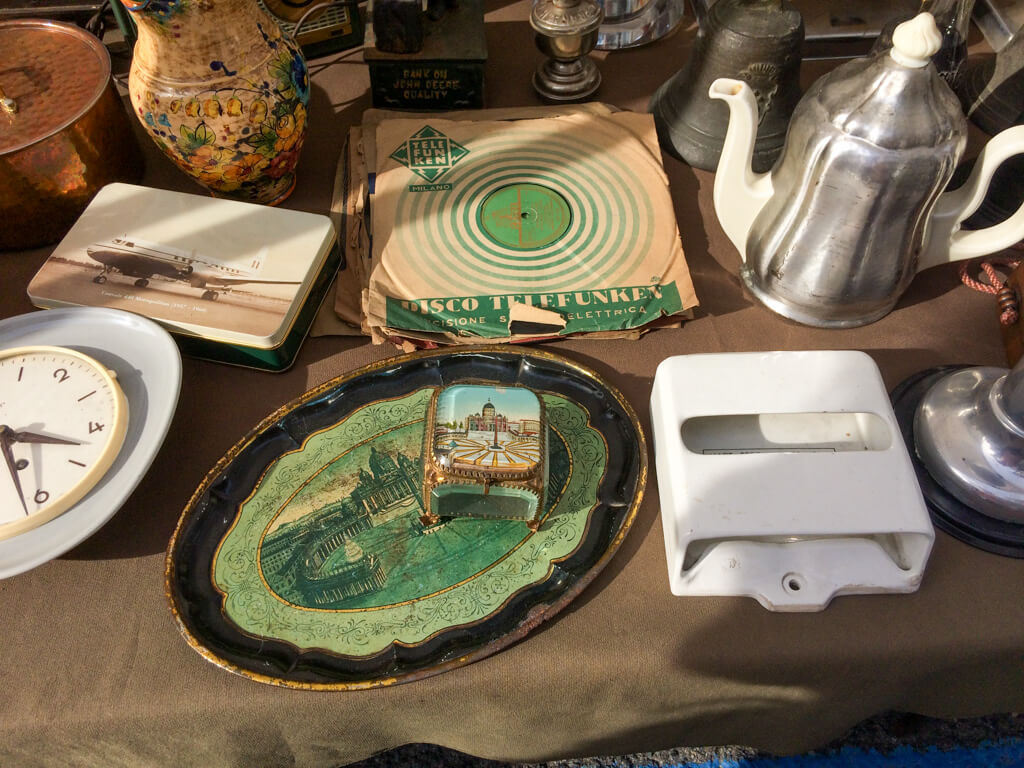
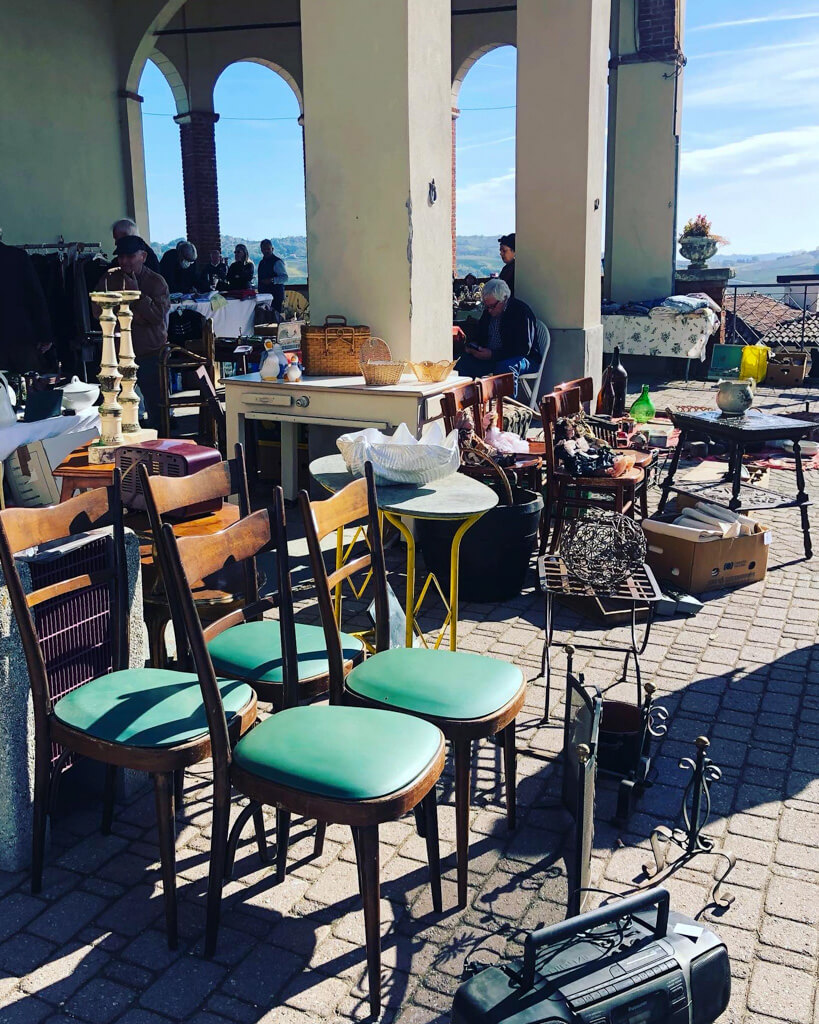
Visit local towns in Piedmont Italy
From medieval Asti, strictly speaking a city though a tenth of the size of Turin, to elegant little Alba. You can experience everyday Italian life in Piedmont’s towns without the crowds of visitors you find in more high profile parts of the country.
Asti, home of the Palio
The medieval city of Asti is an undiscovered gem. Quiet and untouristy, it has a wide main boulevard that runs up to the grand 14th-century cathedral, plus lots of interesting back streets. It’s perfect for an afternoon browsing the well-curated boutiques.
Asti has good patisseries and cheese shops and you can watch the world go by over a morning cappuccino in one of the piazzas. At the Wednesday and Saturday food markets we buy fresh-from-the-fields produce for a fraction of the supermarket price.
Heard of the Palio in Siena? Well, there’s one in Asti too on the first weekend in September. The town’s biggest piazza becomes a racetrack for bareback horse races that date back to medieval times. We went a couple of years ago and though we didn’t have a clue what was going on we still managed to get a ringside view.
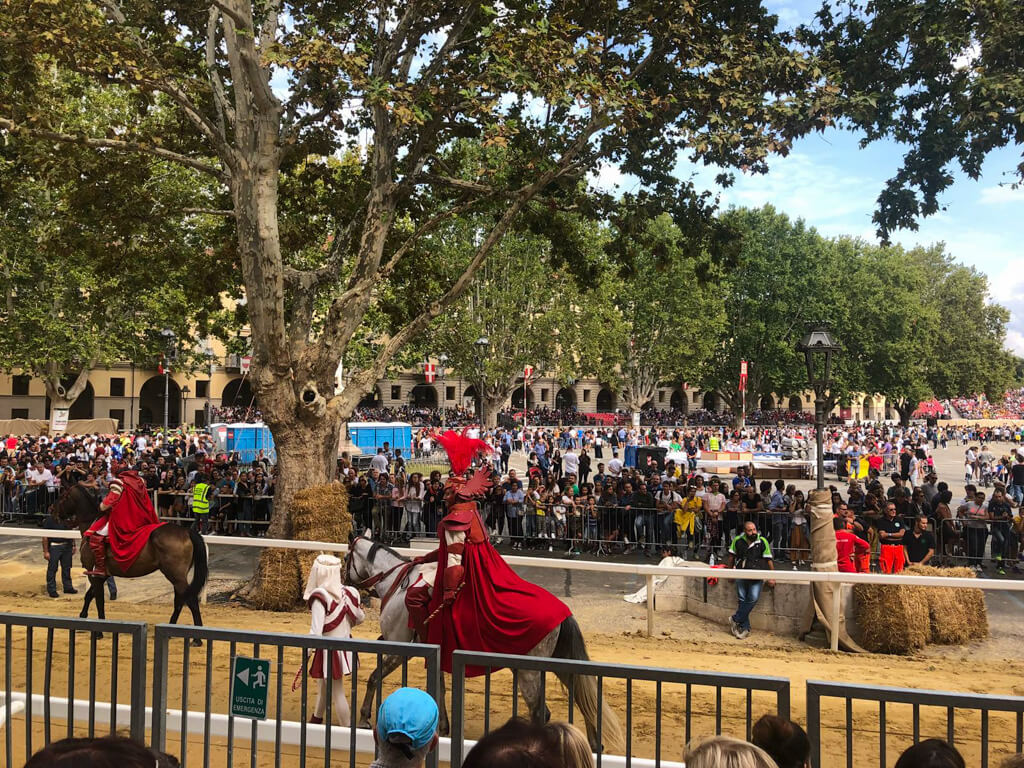
Alba, the food lover’s paradise
In the seven years since I first visited this refined town with its winding cobbled streets, it’s got ever more elegant. A stroll down the main street takes you past designer boutiques, wine shops and delicatessens. During October and November, it’s home to the world’s most famous white truffle fair, where visitors can taste, buy and watch as buyers from all over the world bid for the ‘white gold’ at auction. In fact Alba is a great European city to visit in November.
Alba is a food-lover’s paradise: as well as its 16 Michelin-starred restaurants, there are many more affordable eateries offering local specialities. At Trattoria Da Sergio in Via Giuseppe Mazzini visitors can choose from reasonably priced regional dishes or a white truffle menu for 100 euros a head.
For culture vultures, the 13th-century Gothic-style Cathedral of San Lorenzo in Piazza Risorgimento is worth a visit. Built on the ruins of a Roman temple its glass floors allow a glimpse of the 2000-year old city that lies beneath medieval Alba.
The Saturday market sells everything from food (yes, truffles included) to homeware, clothes and jewellery.
And if you’re visiting Alba in September, don’t miss the donkey palio in the main square, a fun nod at the ever-competitive Asti bareback horse race.
Medieval castles and villages in Piedmont Italy
As befits Piedmont’s rich history the region is dotted with pretty villages and castellated towns. There’s a cluster of red-roofed dwellings with a church and campanella on virtually every hilltop.
Our village of Belveglio has its own medieval castle and was at the centre of many fierce battles in the Middle Ages. Legend has it that one of the original lords was buried beneath the castle with his treasure. Over the years so many tunnels have been dug in search of this cache that one of the turrets collapsed. But the treasure is yet to be found…
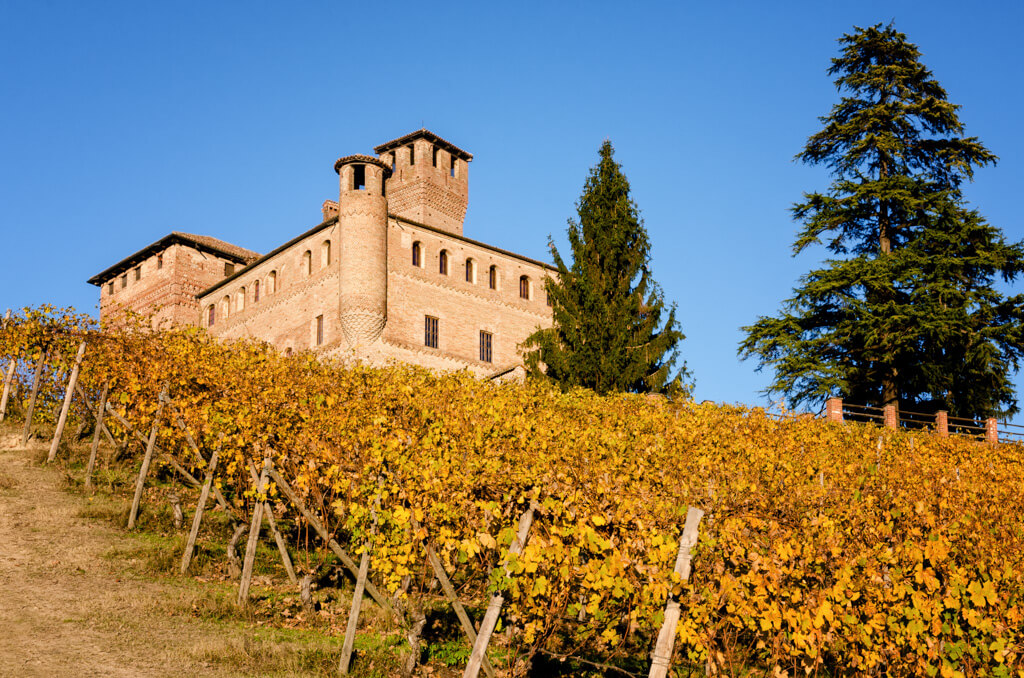
Belveglio’s castle is now a private home, but many others dotted across the region are open to the public. A must-visit is the grand Castello di Grinzane Cavour, famously the 19th century home of the founder of unified Italy, Count Camillo Benso Cavour.
Or discover the 14th century castle of Costigliole d’Asti which dominates the pretty hilltop village, its four turrets like something from a Disney princess movie. Free to enter, it is fairly dilapidated inside, but there’s something captivating about this neglected beauty.
I love an afternoon out to one of Piedmont’s many charming villages and towns. I recommend the pretty-as-a-picture medieval village of Neive. Or for a completely different experience visit La Morra with the astonishing Chapel of Barolo reconfigured in primary colours by two contemporary artists.
Cherasco is a stunning hilltop town that hosts one of the best antique markets in Italy six times a year. And Barolo, of course is home to the famous red wine.
Itinerary tips: The website castelliaperti.it lists more than 50 castles, forts and palaces you can visit in Piedmont.
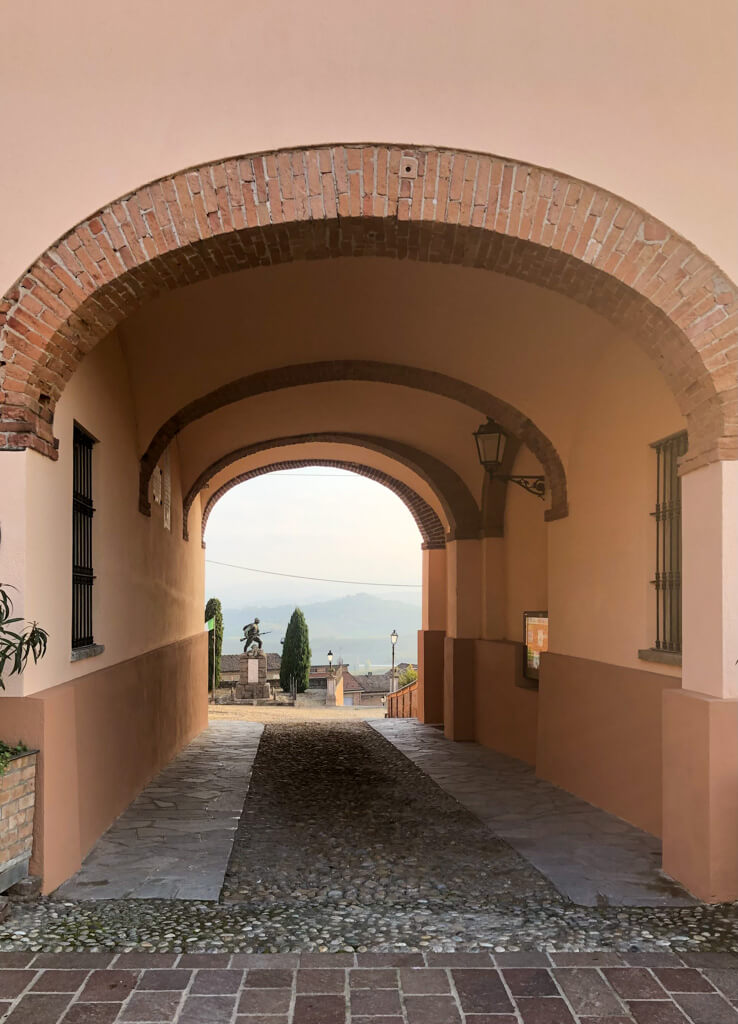
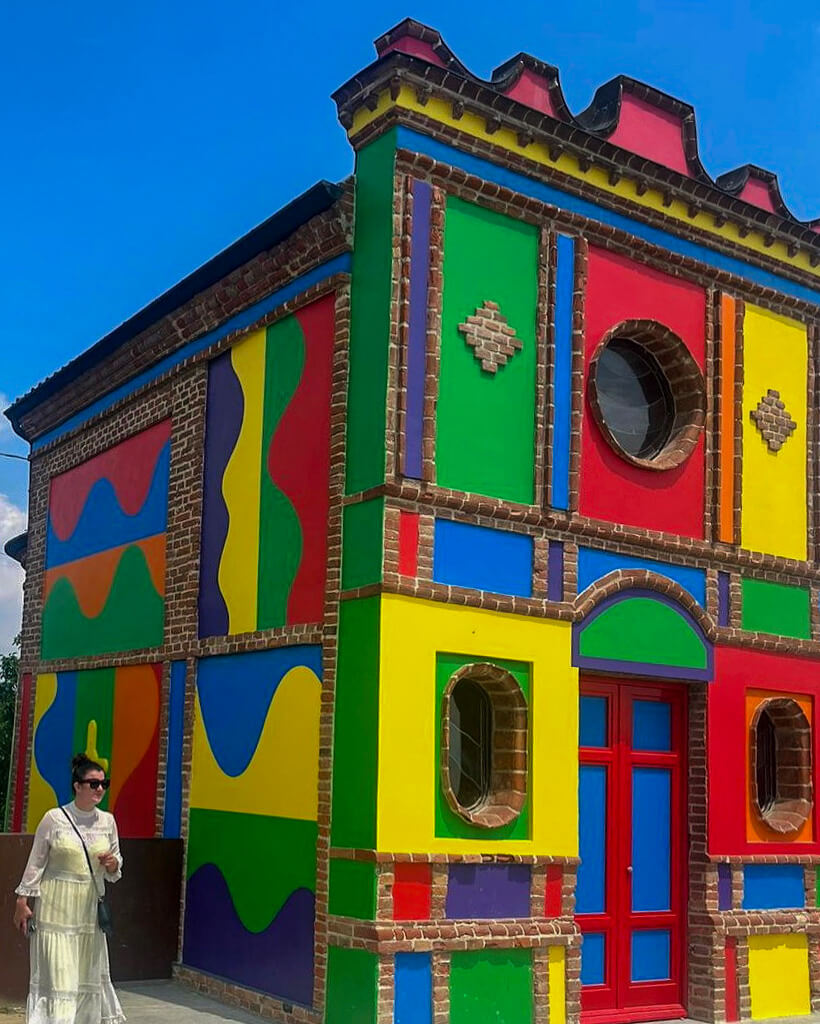
Outlet Shopping in North Italy
Italy of course is famous for its fashion with a catwalk-long list of iconic homegrown labels from Prada and Gucci to Versace and Valentino.
But perhaps you’re hoping for designer labels for less? Well you’ve come to the right place in Piedmont. Less than an hour’s drive south from our home near Asti is Serravalle, the biggest outlet shopping village in Europe. With 230 stores stretching over several miles, forget village – it’s more like a town.
Serravalle is conveniently open from 10am to 8pm seven days a week and has pretty much every high-end international label you’ve heard of, at around a 70 per cent discount.
Fun fact: my friend Duncan, a Latin enthusiast who hates shopping, discovered that one of Piedmont’s most famous Roman architectural sites, Libarna, is just ten minutes’ drive from Serravalle. It’s free to visit so you can combine your retail therapy with a culture hit.
Another discount complex worth the visit is Torino Outlet Village just outside Turin. It’s not as vast as Serravalle but there are some serious labels, from Armani and Gucci to La Perla and Tod’s, at huge discounts. My Turinese friends go there regularly and highly recommend it.
Just over the border in Switzerland, Foxtown has 160 stores, including big designer names Prada, Jimmy Choo and Versace, plus the great quality mid-range handbag brand Coccinelle.
Walk to one of Italy’s Big Benches
In Belveglio a stroll through our local forest takes us to one of Italy’s big benches. Otherwise known as a grandi panchine, it is literally a giant-sized seat with a view. And on clear days we can see the Alps beyond the Monferrato hills. The Piedmont region of Italy has around 60 big benches, all with wonderful views in areas of special interest. And visiting a few of them is another fun thing to do in Piedmont.
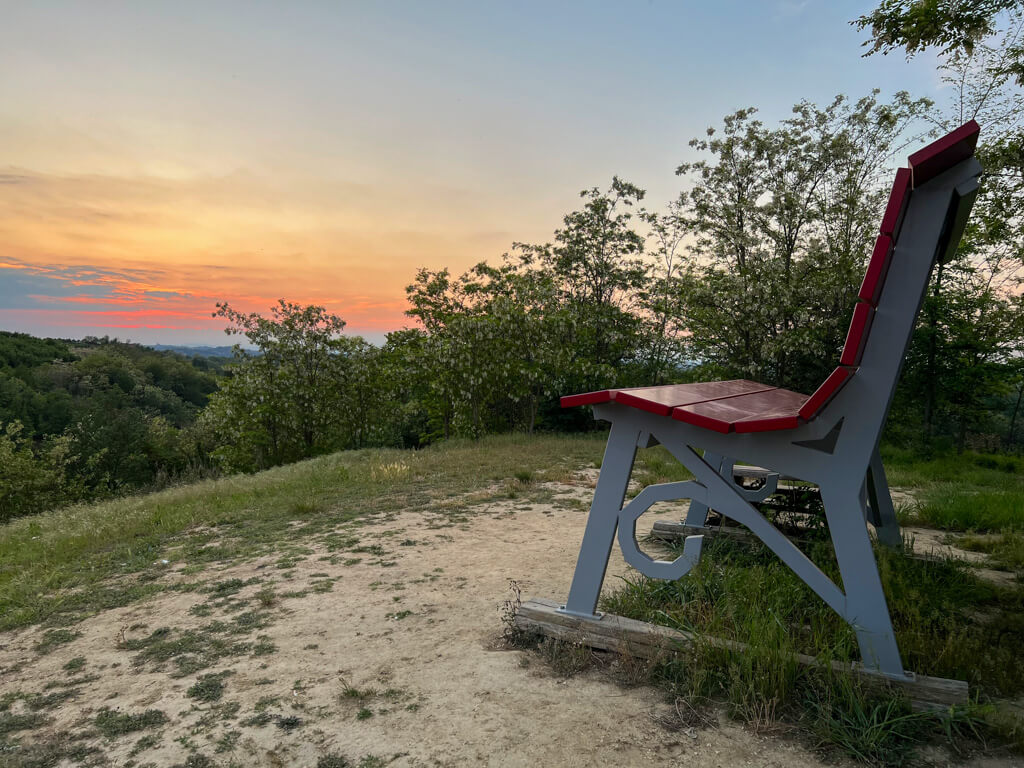
Take a Day trip from Piemonte
The Ligurian coast with its bracelet of pretty villages is just over an hour away from our home in Piedmont. It’s a scenic drive south, as the rolling vine-clothed hills turn wilder, less cultivated and more mountainous. Or you can take the train from Turin or Asti straight to Genoa, then hop on a regional railway line that links all the Ligurian villages, from east to west.
We head to Camogli, a fishing village turned seaside town to the east of Genoa. With its gelato-hued buildings, little marina and pebbly beaches, Camogli hasn’t really changed since I first visited more than 30 years ago.
For a more chichi version of Italy’s famous Riviera, try nearby Portofino, where you can browse the designer shops and count the superyachts in the harbour.
Further west, there’s Noli, another gem. It has a walled medieval old town and seafront dotted with bars, fishing boats, seafood restaurants and umbrella-lined beaches.
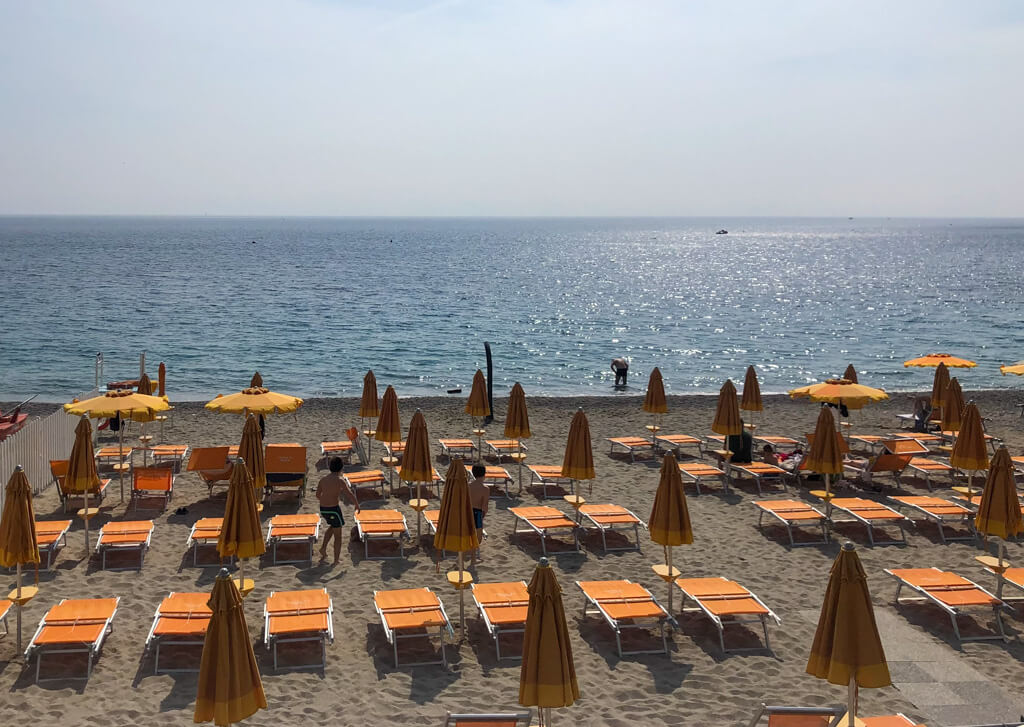
See the Italian Lakes
The south western shores of Lake Maggiore are in the Piedmont region of Italy. This is a great day trip, especially in the spring and autumn outside peak season. And you can take a boat to ravishing little Isola Bella with its Italianate garden.
Just to the west of Lake Maggiore lies our favourite, Lake Orta. Smaller than its famous neighbour, Lake Orta is a peaceful lake with a little island, Isola San Giulio. A short boat ride from Orta san Giulio takes you to visit the frescoed basilica on the island.
Please note that all visitor information here is for guidance only. Please check the relevant websites for the most up to date information eg. accommodation details, tickets, entrance requirements, opening times etc.
What to Read Next
Truffles are one of the most desirable foods in the world and some of the finest come from Piedmont, Italy. Find out how to join a truffle hunt and where to taste them.
Catherine visited the luxurious Burgenstock Resort and Spa above Lake Lucerne for a weekend of world class pampering.
Take a tour of the Italian Lakes and visit the two great northern cities of Turin and Milan.
Read this for the best things to do in 3 Days in Florence including essential tips for booking the sights

Catherine is a journalist who divides her time between London and Piedmont. You can follow her life in Italy on her Instagram account @cascinacaterinaitaly. Or enquire about renting her home: https://abnb.me/V94yKMdFPvb – it gets booked up quickly! Mention Map&Family when you message.
All photos are all rights reserved. Please do not reproduce these photos without prior written permission

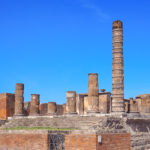
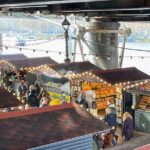
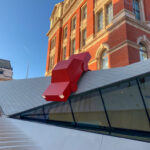
Leave a Reply